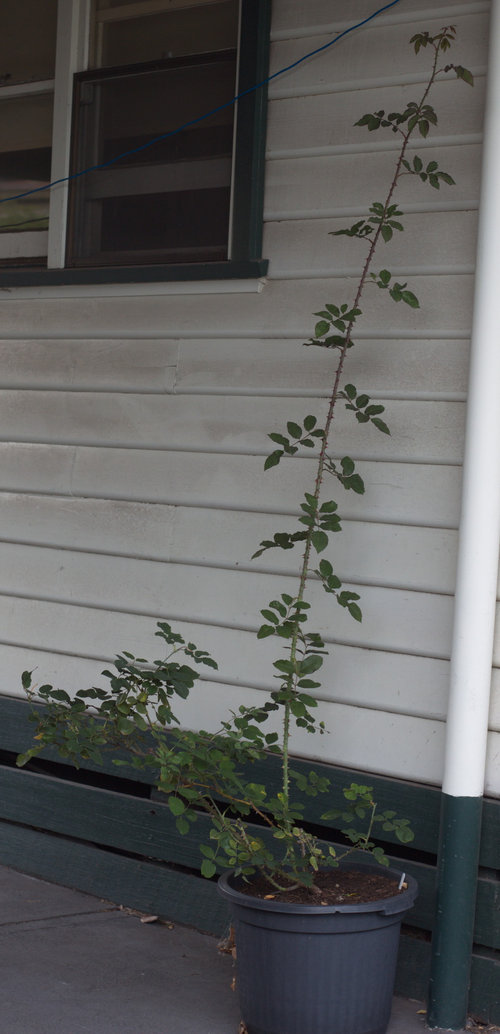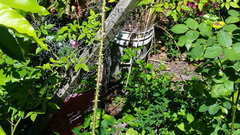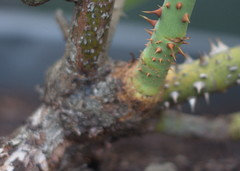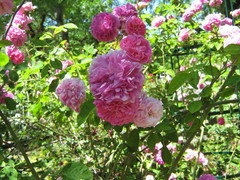Help! Munstead Woods gone triffid
Curdle 10a (Australia)
8 years ago
Featured Answer
Sort by:Oldest
Comments (20)
Related Professionals
Matthews Landscape Contractors · Belmont Landscape Contractors · Berwyn Landscape Contractors · Cincinnati Landscape Contractors · Dunwoody Landscape Contractors · Fort Myers Landscape Contractors · La Verne Landscape Contractors · North Plainfield Landscape Contractors · Claremont Swimming Pool Builders · Cypress Swimming Pool Builders · Dale City Siding & Exteriors · Hacienda Heights Siding & Exteriors · Riverside Siding & Exteriors · Spartanburg Siding & Exteriors · Iowa City Siding & ExteriorsCurdle 10a (Australia)
8 years agoCurdle 10a (Australia)
8 years agoDavidBeck
8 years agotowandaaz
8 years agojerijen
8 years agosultry_jasmine_nights (Florida-9a-ish)
8 years agolast modified: 8 years agonikthegreek
8 years agolast modified: 8 years agojacqueline9CA
8 years agosultry_jasmine_nights (Florida-9a-ish)
8 years agoingrid_vc so. CA zone 9
8 years agomariannese
8 years agoCurdle 10a (Australia)
8 years agojacqueline9CA
8 years agonikthegreek
8 years agohoovb zone 9 sunset 23
8 years agoDavid_ in NSW Australia z8b/9a
8 years agoUser
8 years ago
Related Stories

GREENColor Guide: How to Work With Chartreuse
As earthy or electric as you please, this yellow-green hue brings the zing or just freshness to homes from traditional to modern
Full Story
TRAVEL BY DESIGNTravel Guide: Melbourne, Australia, for Design Lovers
This 'most livable city' offers a wealth of visually inspiring hotels, restaurants, sights and shops for travelers too
Full Story














mustbnuts zone 9 sunset 9